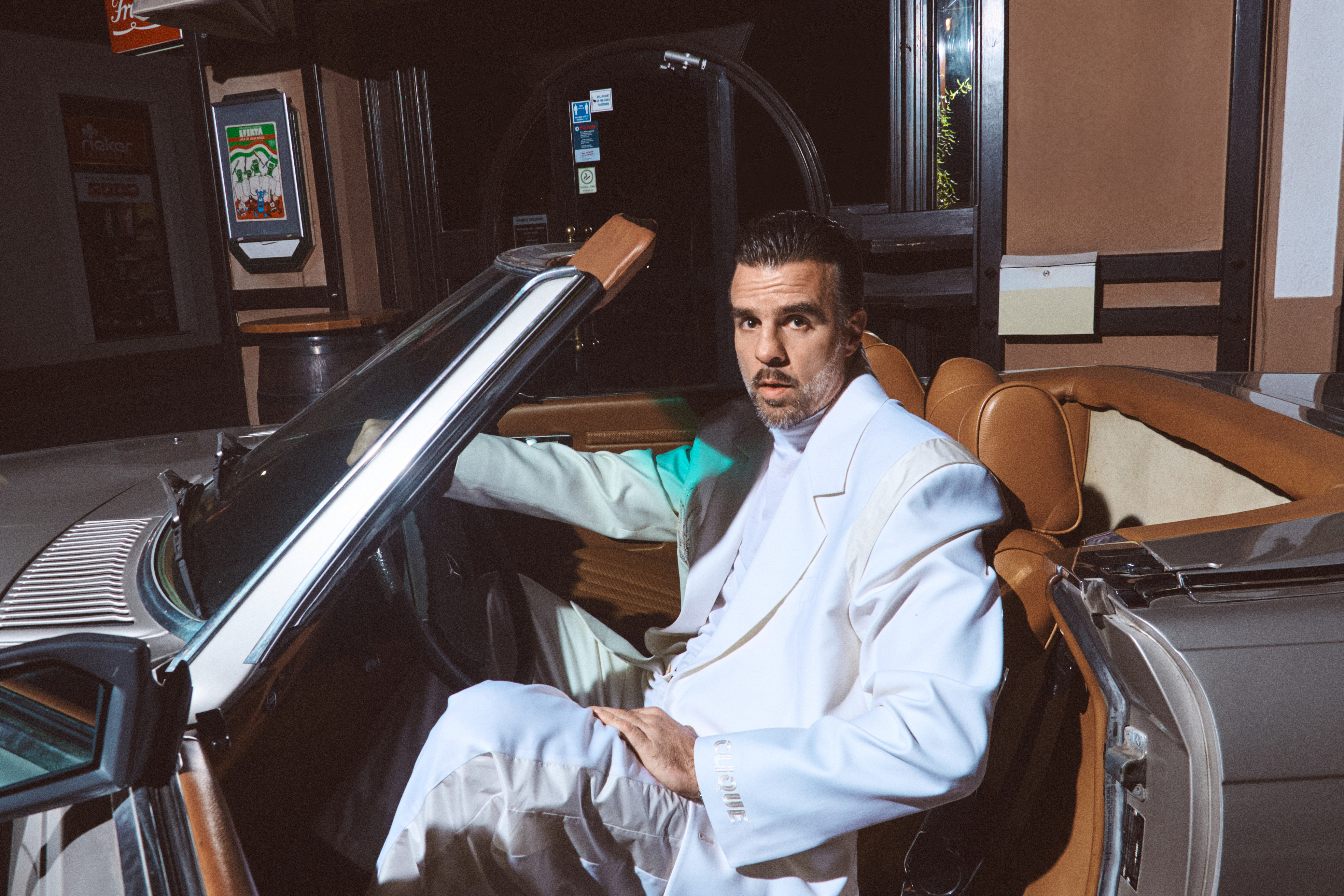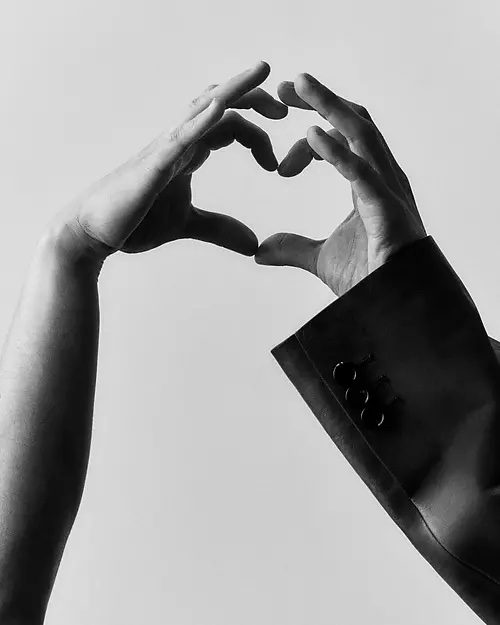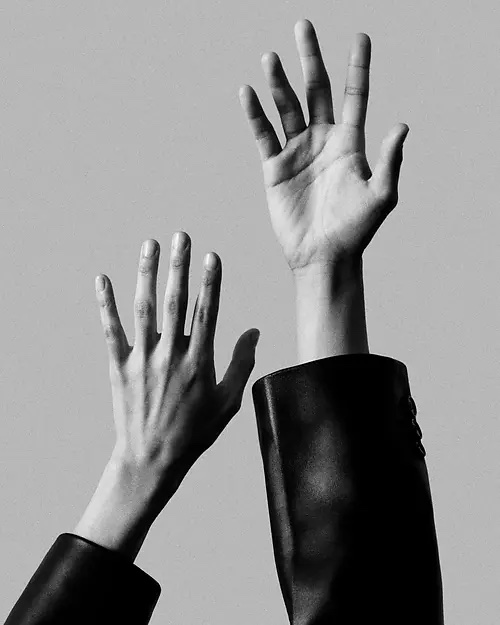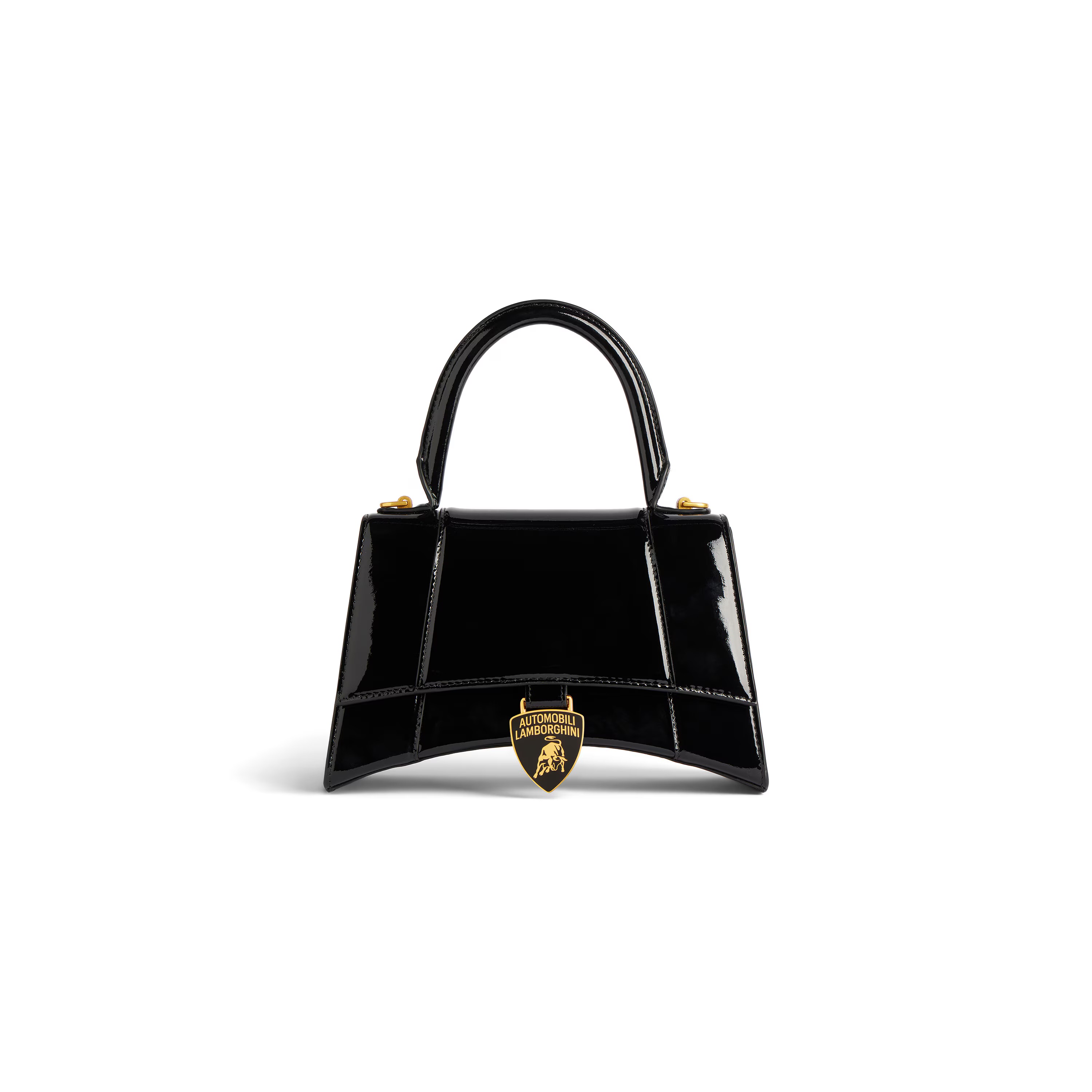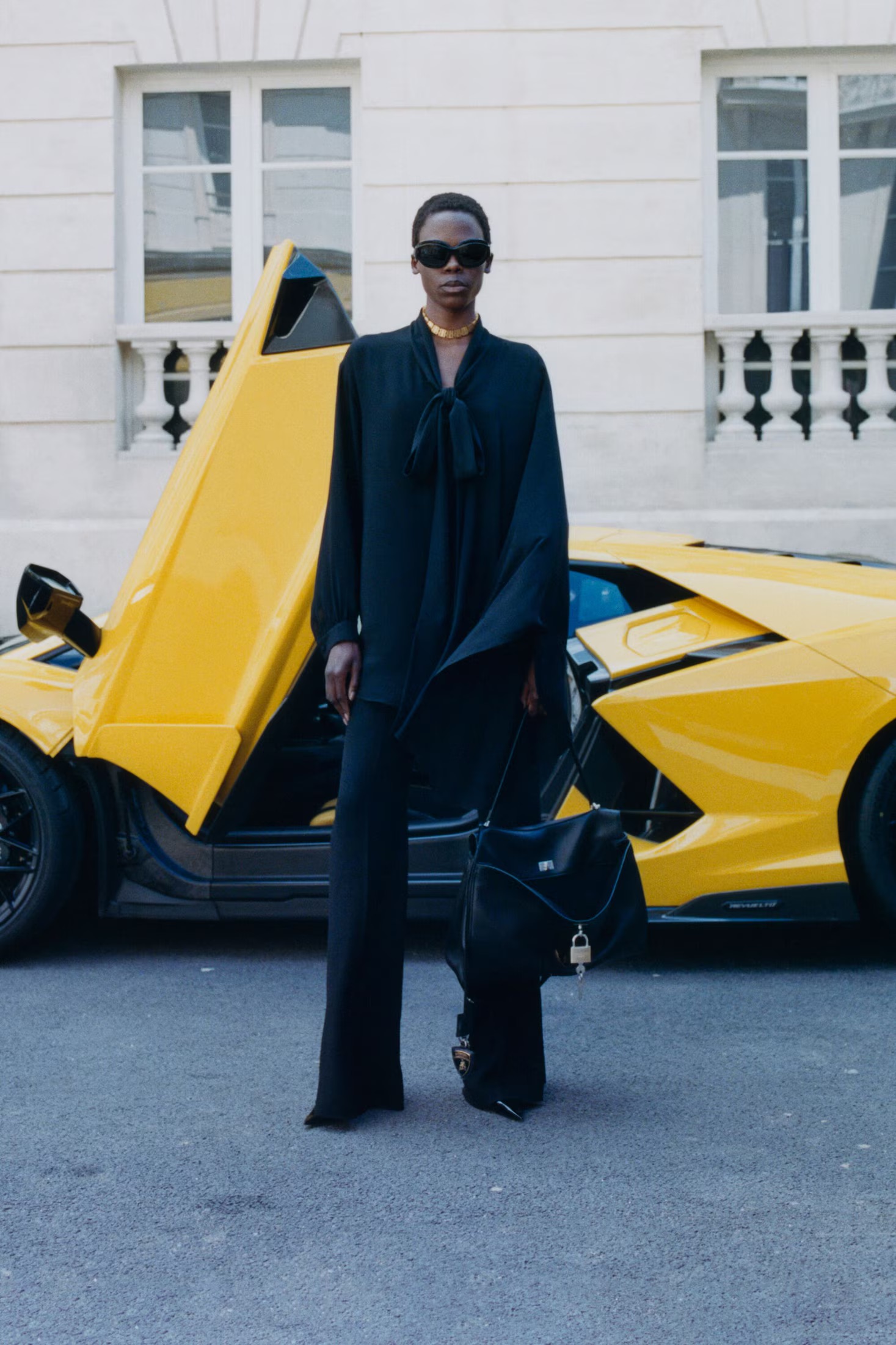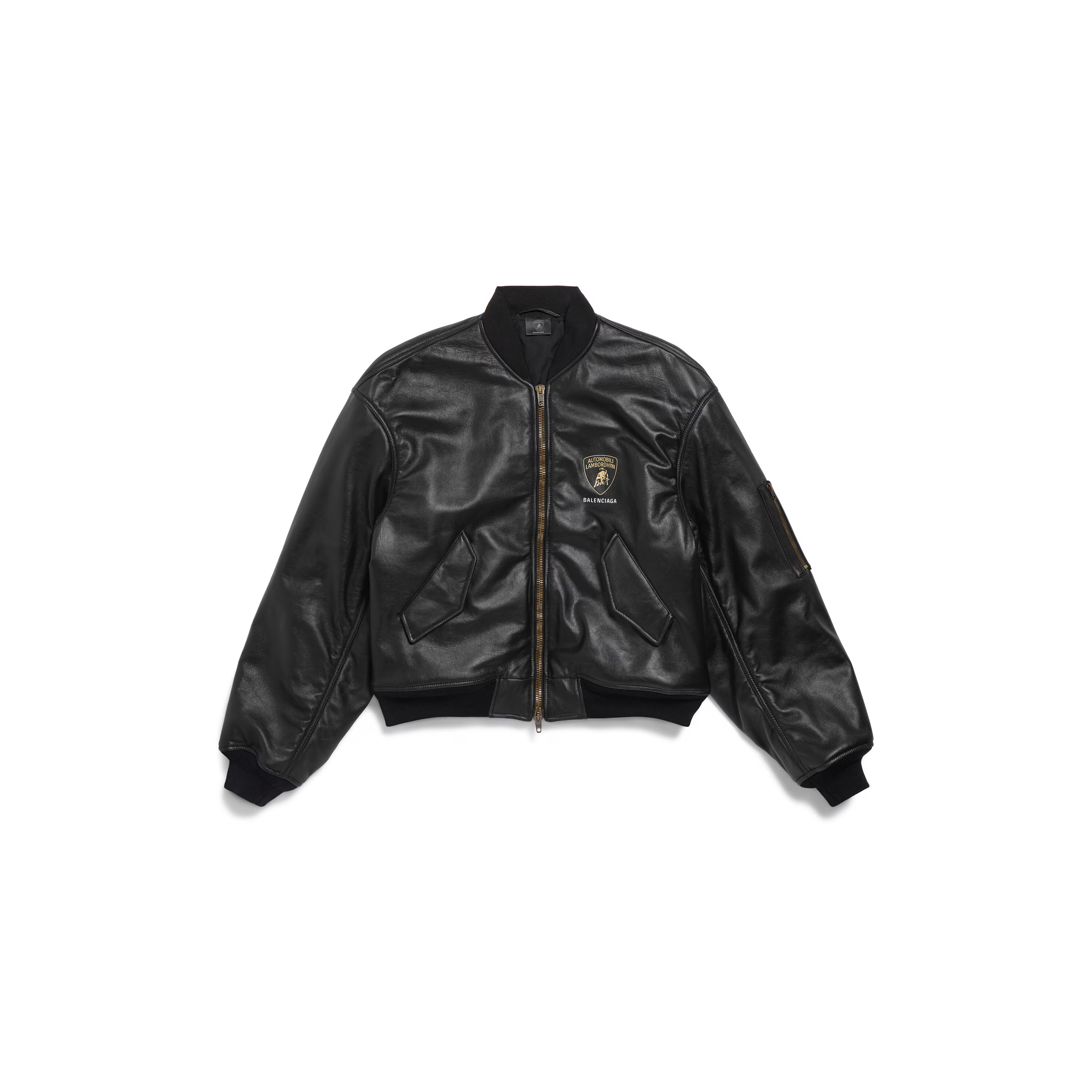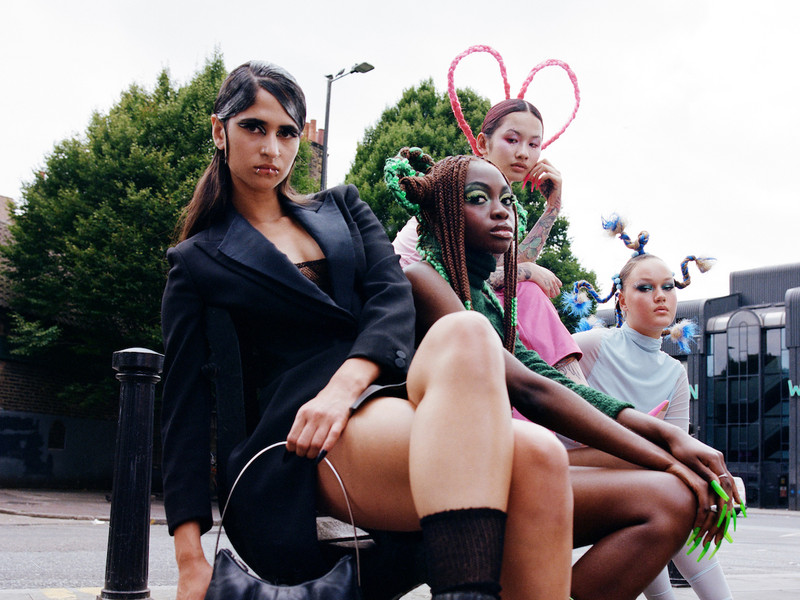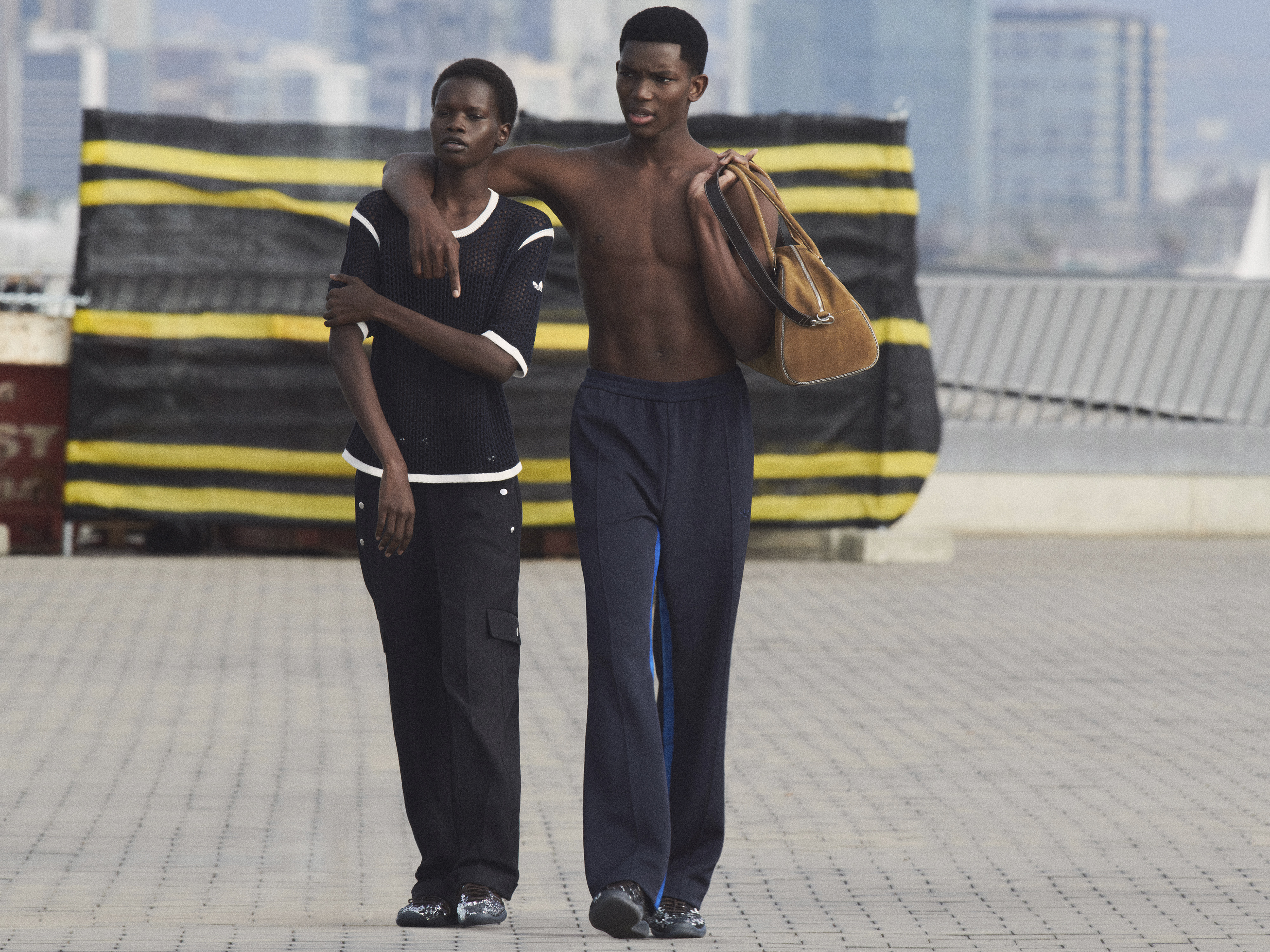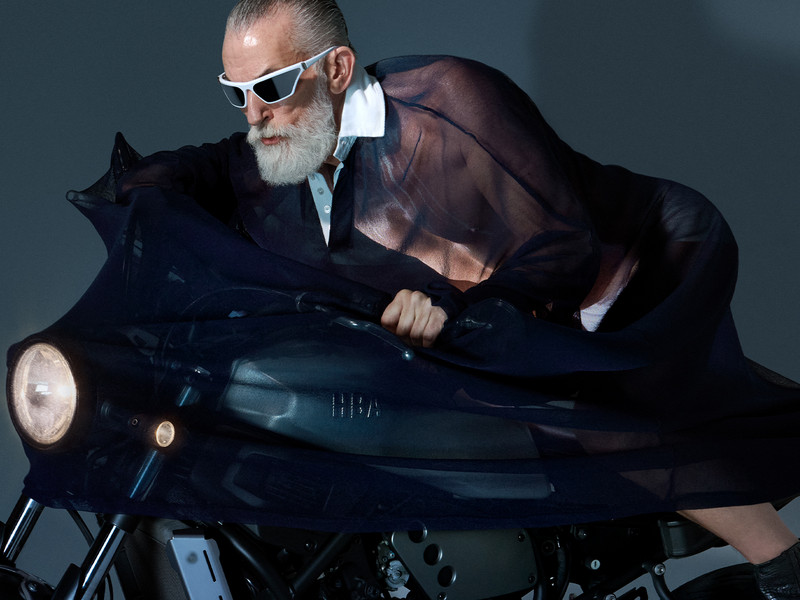This season, the footwear really stands out. The big highlight is the debut of the Karintha, a brand-new sneaker that shows off the creative connection between the two brands. It’s low-profile but full of thoughtful details. The Superstar Hi is also back with a slimmer sole and plush suede finish. And to top it all off, the iconic adidas Adilette gets a luxe, handwoven leather makeover made in Brazil, perfect for the upcoming summer days.
Stay informed on our latest news!










